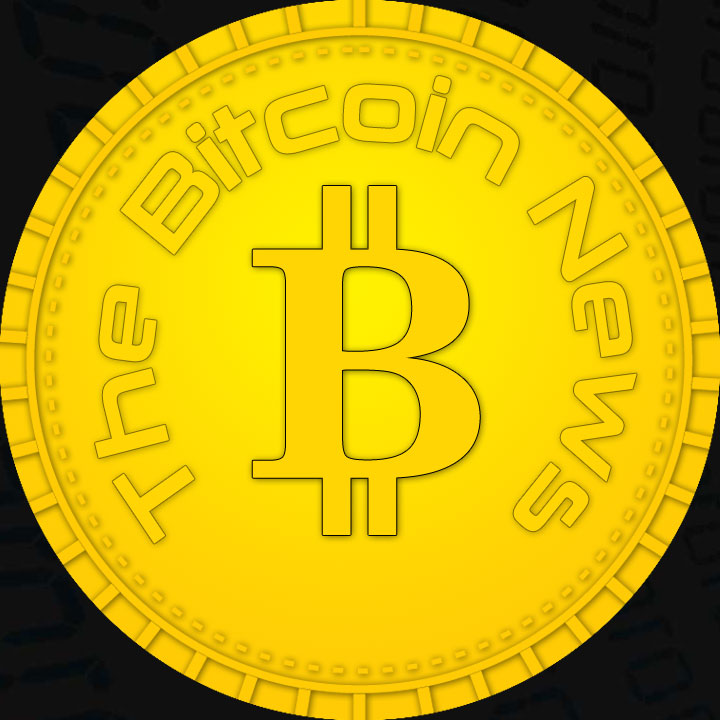In order to attract people who don’t already own bitcoins, or who may not even know what Bitcoin is, Eich and the Brave designers have made the digital currency as invisible as possible in the Brave Payments experience. “We try not to put Bitcoin all up in your face,” says Eich.
To that end, people have the option of funding their wallets with a credit or debit card. The payment actually goes to Coinbase, the largest Bitcoin exchange in the U.S. But when the money lands in your wallet, it is denominated in Dollars. Eich says you can expect, in the coming months, to be able to pay with Stripe as well.
Although Bitcoin is invisible in the user experience, it is essential to the privacy of the system. According to Eich, the user’s Brave client is the only place where browsing history gets stored. Normally, sending transactions across the bitcoin network to escrow accounts for known websites would give away information about who is visiting which websites, because every transaction is recorded in a public ledger. However, Brave uses a cryptographic protocol called Anonize (which puts to work zero-knowledge proofs similar to the ones that shield transactions in the digital currency Zcash). Anonize hides the correlation between browsing history and the payments that are received.
“We don’t want to be a tracker. We don’t want that data. It’s better that we can’t have it than that we could have it and promise to be good,” says Eich.
The Brave Payment system also leverages a feature of Bitcoin called multi-signature transactions to ensure that Brave cannot misuse the funds in browser wallets. “We use this feature to avoid custody of funds. Each user has effective custody of their Brave user wallet’s funds for the purpose of microdonating to their top publishers,” says Eich. The transparency of the Bitcoin blockchain further means that anyone can audit the flow of funds to keep Brave accountable.
Because of the programmability of Bitcoin, it is also possible that Brave could use it in the future to design a fully decentralized version of the browser in which escrow accounts automatically verify websites and disburse funds, rather than relying on Brave to manually intervene.
By adding payments to the Brave browser, Eich is not just giving people a way to donate to their favorite websites in return for the revenue they’ve lost to ad blocking technology. It is the first step in a grandiose plan to completely reformulate the funding architecture of the Web and perhaps even save online publishers.
When Eich describes the online marketing ecosystem, he makes it sound like a dark sewer writhing with parasites and disease. Dip a foot down into the muck and leeches latch on to slurp up every drop of attention they can get. Peel them off, and little poison darts are left to fester under the skin. There are the cookies and tracker pixels that keep tabs on your every move. If you’re really lucky, you’ll catch a bad case of malware while you’re down there.
No self-respecting publisher would send their readers down into this dangerous world. And yet they do, because for every victim they offer, the parasites send back a fraction of the blood they suck.
But this isn’t going to work forever, says Eich. Part of the blame goes to ad blockers, which saw a 30 percent increase in adoption rates over 2016, according to a report by Business Insider. But there is also the problem of third parties, which carve off so much of the advertising revenue pie that very little actually makes its way to publishers.
“The system is not stable. It suffers from these rent seeking parasites,” says Eich. “Publishers are under stress. I can’t name names, but there are a lot of publishers that say they see 18 months to some event where they have to be parceled out to some private equity or sold. And these are big U.S. brands. These are not small online publishers. Obviously the New York Times has Carlos Slim as benefactor and the Washington Post has Jeff Bezos. But not all of them are so fortunate.”
If, as Eich says, the entire industry is in a death spiral, when it finally croaks, he wants Brave’s direct payment model to have matured into a viable alternative.
In December, Coindesk, one of the most prominent Bitcoin news websites, announced that it been verified with Brave Payments as a preferred customer. “Obviously, our readership maps entirely with the early adopters for something like a Bitcoin enabled Web browser. So, it made a lot of sense for us. And I’ve actually been pleasently surprised at how much we’ve seen come through,” says Ryan Selkis, the managing director of CoinDesk.
But will Brave be as popular among people who are not naturally inclined to enthusiastically latch on to any slightly Bitcoin-related innovation? Since February, Brave has verified 120 publishers. And 37,000 new Brave Payment wallets have been created, holding an average balance of around 8 Dollars, according to the head of communications at Brave.

TheBitcoinNews.com – Bitcoin News source since June 2011 –
Virtual currency is not legal tender, is not backed by the government, and accounts and value balances are not subject to consumer protections. TheBitcoinNews.com holds several Cryptocurrencies, and this information does NOT constitute investment advice or an offer to invest.
Everything on this website can be seen as Advertisment and most comes from Press Releases, TheBitcoinNews.com is is not responsible for any of the content of or from external sites and feeds. Sponsored posts are always flagged as this, guest posts, guest articles and PRs are most time but NOT always flagged as this. Expert opinions and Price predictions are not supported by us and comes up from 3th part websites.
Advertise with us : Advertise
For the latest cryptocurrency news, join our Telegram!










